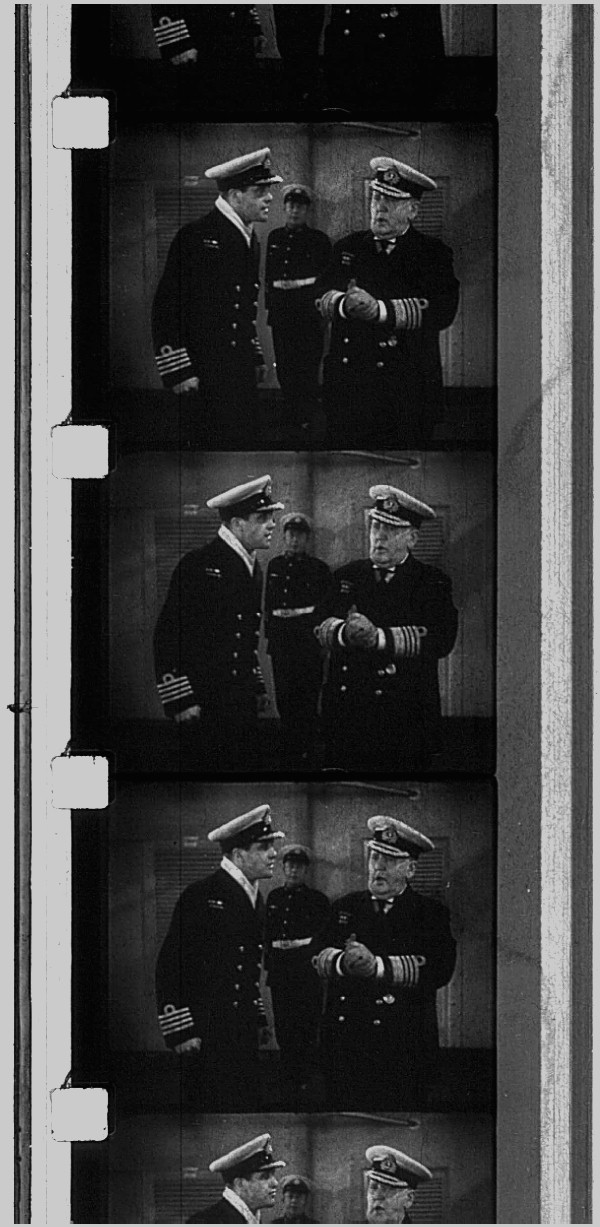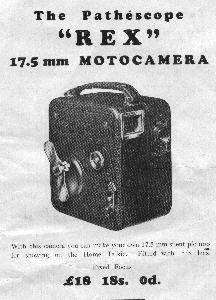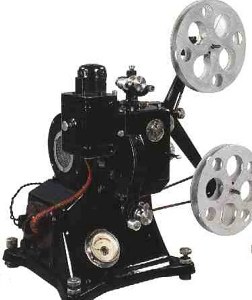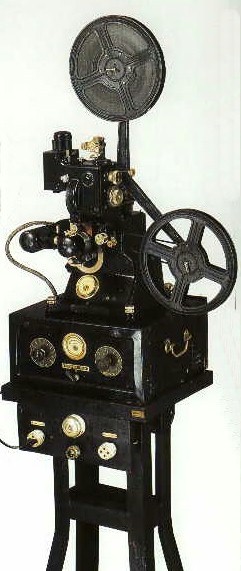17.5mm
========================================

Pathe 17.5mm sound film
Pathe introduced this size, to compliment their 9.5mm film, about 1926 as a silent film
Sound was added about 1933
Before the World War 2,17.5mm film was used in 4823 cinema's in France
Birt Acres demonstrated a 17.5mm camera, patented on 9 June 1898, to Croydon Cine Club on 25 January 1899
It was named "The Birtac" and was sold only in the UK for about 10 guineas
(£10.50p about 10 to 14 weeks wages for the average person at this time)
It was a hand turned wooden camera taking 50 foot of the standard 35mm film split down the centre
By reversing the lens, and adding a lamphouse, the camera became a projector
Another 17.5mm camera appeared in the UK about March 1899
T. C. Hepworth demonstrated it at the London Camera Club, and it could be brought for 11 guineas (£11.55p)
as a combined camera/projector
Other 17.5mm systems were "La Petite Cinematographe", 1900 using film perforated in the centre of the frame line
The first German Ernemann Kino cine camera (1903) which again used centrally perforated 17.5mm filmstock to produce a picture of 16mm x 10mm
The Duoscope apparatus, introduced in 1912, used a 17.5mm film with two perforations on the line between the frames
A built-in electric lamp enabled the device to also act as a projector
In 1917 another 17.5mm product was launched by Movette Inc. of Rochester, New York
The Movette used magazine loaded 17.5mm film with two circular perforations on each side of the frame
Although the negative film used in the camera was still the highly inflammable nitrate stock, positive projection prints were made on the Eastman safety stock
In 1926 the Pathé company launched a new 17.5mm size, presumably as a competitor to 16mm, as their smaller 9.5mm
gauge had already become popular
The new Pathé 17.5mm gauge, launched as the "Rural" in France, used safety stock with a picture size of 9mm x 12mm, and was shown at the Société Français de Photographie on 10 February 1926
Printed films were produced by printing in pairs on specially perforated 35mm safety stock by reduction from
35mm originals
It seems, in France, the size was intended for use in the smaller country district (hence 'Rural') cinemas on the Pathé circuit
Marketing in France began in earnest in 1927, but problems with equipment and film production, together with obtaining film distribution rights slowed business
In the UK the silent 17.5mm system was hardly advertised at all by the UK company Pathéscope
 Price £18.90p
|
 Rural/Rex silent projector 1927
|

Rural Sonoro optical sound projector 1933
The French made Pathé 17.5mm silent projector was marketed as the "Rural" in France; the "Rex" in the UK
Around 1930 a cinecamera (sold as Pathé 17.5mm motocamera in France; the "Rex" in the UK) was also introduced
This looked like an overgrown 9.5mm Motocamera and used a similar design film charger
The Pathé 17.5mm film size had arrived!